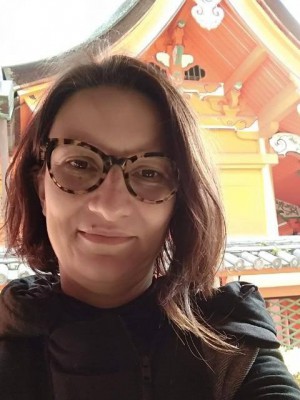resumo
Human exposure to environmental contaminants is widespread. Some of these contaminants have the ability to interfere with adipogenesis, being thus considered as obesogens. Recently, obesogens have been singled out as a cause of male infertility. Sertoli cells (SCs) are essential for male fertility and their metabolic performance, especially glucose metabolism, is under a tight endocrine control, being essential for the success of spermatogenesis. Herein, we studied the impact of the model obesogen tributyltin in the metabolic profile of SCs. For that, ex vivo-cultured rat SCs were exposed to increasing doses of tributyltin. SCs proliferation was evaluated by the sulforhodamine B assay and the maturation state of the cells was assessed by the expression of specific markers (inhibin B and the androgen receptor) by quantitative polymerase chain reaction. The metabolic profile of SCs was established by studying metabolites consumption/production by nuclear magnetic resonance spectroscopy and by analyzing the expression of key transporters and enzymes involved in glycolysis by Western blot. The proliferation of SCs was only affected in the cells exposed to the highest dose (1000 nM) of tributyltin. Notably, SCs exposed to 10 nM tributyltin decreased the consumption of glucose and pyruvate, as well as the production of lactate. The decreased lactate production hampers the development of germ cells. Intriguingly, the lowest levels of tributyltin were more prone to modulate the expression of key players of the glycolytic pathway. This is the first study showing that tributyltin reprograms glucose metabolism of SCs under ex vivo conditions, suggesting new targets and mechanisms through which obesogens modulate the metabolism of SCs and thus male (in)fertility.
palavras-chave
ORGANOTIN COMPOUNDS; GLUCOSE-TRANSPORTER; MAMMALIAN TARGET; MALE-FERTILITY; IN-VITRO; RAT; TOXICITY; MODEL; TRIPHENYLTIN; MECHANISMS
categoria
Toxicology
autores
Cardoso, AM; Alves, MG; Sousa, AC; Jarak, I; Carvalho, RA; Oliveira, PF; Cavaco, JE; Rato, L
nossos autores
agradecimentos
This work is supported by FEDER funds through the POCI-COMPETE 2020-Operational Programme Competitiveness and Internationalisation in Axis I-Strengthening research, technological development and innovation (Project No. 007491) and National Funds by FCT-Foundation for Science and Technology (Project UID/Multi/00709); CICECO (Ref. FCT UID/CTM/50011/2013); UMIB (PEst-OE/SAU/UI0215/2014). NMR data was collected at the UC-NMR facility which is supported in part by FEDER-European Regional Development Fund through the COMPETE Programme (Operational Programme for Competitiveness) and by National Funds through FCT-Fundacao para a Ciencia e a Tecnologia (Portuguese Foundation for Science and Technology) through Grants REEQ/481/QUI/2006, RECI/QEQ-QFI/0168/2012, CENTRO-07-CT62-FEDER-002012, and Rede Nacional de Ressonancia Magnetica Nuclear (RNRMN). P.F. Oliveira (PTDC/BBB-BQB/1368/2014 and IFCT2015); M.G. Alves (IFCT2015 and PTDC/BIM-MET/4712/2014)) and L. Rato was funded by Santander-Totta/University of Beira Interior (BIPD/ICI-CICS-BST-UBI).



